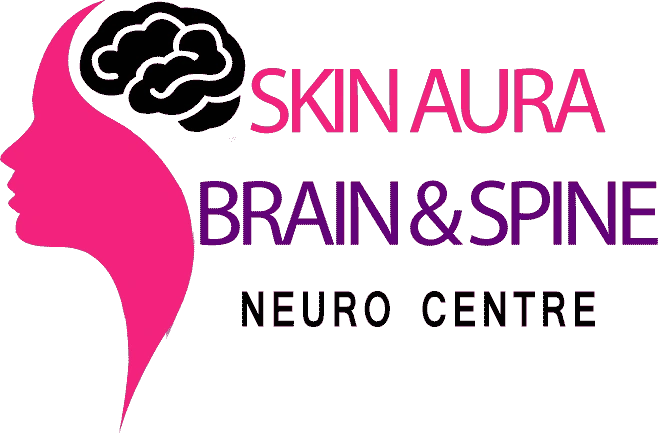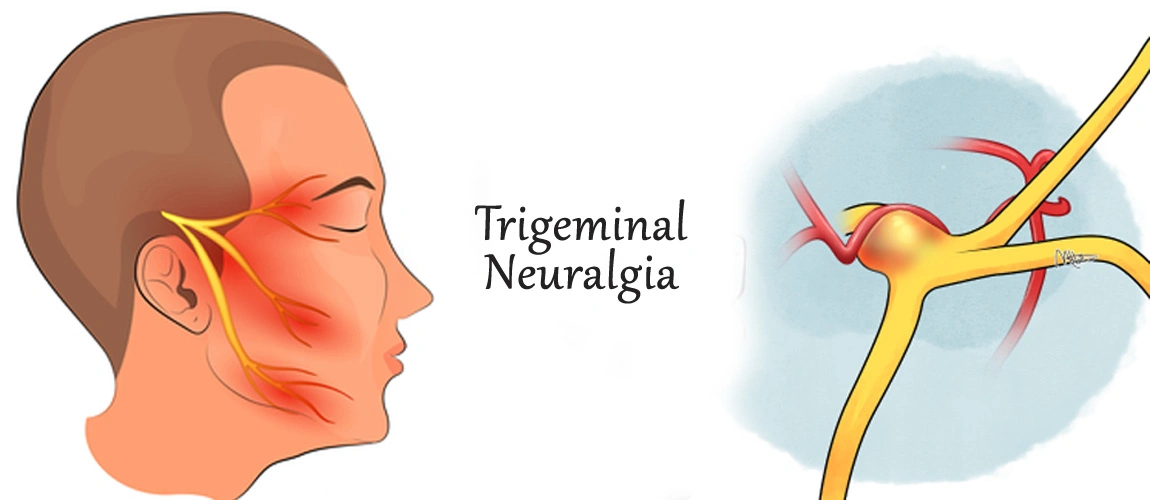Trigeminal Neuralgia
Trigeminal neuralgia or tic douloureux is a constant pain condition which affects certain nerves in your face. You may feel the pain like an electric shock, and it can at times be severe. Treatment for the condition may include medication and surgery.
Mapping the Nerves in Your Face
To know more about trigeminal neuralgia helps understand how the affected nerves are laid out. You have 12 pairs of cranial nerves in your head. The trigeminal nerves are among these pairs, and they allow you to feel sensations in your face. The single nerve runs down both sides of your head.
Every trigeminal nerve divides into three branches, controlling the sensation for different parts of your face. These are
- The ophthalmic branch. It controls the eye, upper eyelid, and forehead of your face
- The maxillary branch. This branch affects your lower eyelid, cheek, nostril, upper lip, and upper gum.
- The mandibular branch. It runs your jaw, lower lip, lower gum, and some muscles you use for chewing.
The condition may affect any of the three nerve branches, meaning you might feel pain from your forehead to your jaw. Generally, you’ll experience pain on only one side of your face. Sometimes, people feel it on both sides. When that occurs, the condition is called bilateral trigeminal neuralgia.

Symptoms
- You have short periods of piercing or shooting pain.
- The pain may be triggered by things like brushing your teeth, washing your face, shaving, or putting on makeup.
- It goes away in a few seconds to several minutes.
- The attacks occur numerous times a day or a week, followed by a phase during which you have none at all. The pain-free periods are called remission.
- The pain generally affects only one side of the face.
- The attacks occur more often with time, and the pain may worsen.
- You experience the pain typically in your cheek, jaw, teeth gums, and lips. The eyes and forehead are affected less often.
Doctors believe a sudden and severe attack of pain to be signs of classic trigeminal neuralgia. If the pain is less severe but steady, more of an aching, burning sensation, you may have atypical trigeminal neuralgia.
What Causes It?
The condition starts with irritation of the trigeminal nerve. You may have a blood vessel pressing on the nerve, destructing the protective coating about it, which is known as the myelin sheath.
Some diseases, like multiple sclerosis, may also injure the myelin sheath. At times a tumor or a tangle of arteries presses on the nerve.
The trigeminal nerve may also be injured possibly by surgery, an accident, or a stroke.
Triggers
- Shaving
- Touching your face
- Eating and drinking
- Talking
- Smiling
- Brushing the teeth
- Washing your face
- Putting on makeup
Diagnosis
The diagnosis for trigeminal neuralgia mainly depends on your description of the pain, including:
- Type of Pain: Pain associated with trigeminal neuralgia is sudden, shock-like and short.
- Location of pain: The parts of your face which are affected by pain will let your doctor know if the trigeminal nerve is involved.
- Triggers: Trigeminal neuralgia linked pain generally is brought on by light stimulation of your cheeks, like from eating, talking or even encountering a cool breeze.
Your doctor may carry out various tests to diagnose trigeminal neuralgia and find out underlying causes for your condition, including:
A neurological examination: After touching and examining parts of your face, your doctor may find out exactly where the pain is happening and if you have trigeminal neuralgia, which branches of the trigeminal nerve might be affected. Reflex tests too may help your doctor decide if your symptoms are caused by a compressed nerve or any other condition.
Magnetic resonance imaging (MRI): Your doctor may recommend an MRI scan of your head to find out if multiple sclerosis or a tumor is causing trigeminal neuralgia. Sometimes, your doctor can inject a dye into a blood vessel to observe the arteries and veins and highlight blood flow (magnetic resonance angiogram).
Your facial pain may occur due to various conditions, so an exact diagnosis is important. Your doctor may recommend extra tests to rule out other conditions.
Treatments
The treatment options to deal with this condition includes medication and surgery.
Medication: Your doctor can prescribe medicines known as anticonvulsants which keep the nerves from reacting to irritation. You also can take muscle relaxants, either alone or along with anticonvulsants. Usual pain tablets don’t work well for patients with trigeminal neuralgia; therefore your doctor may recommend a tricyclic antidepressant to control your symptoms.
Surgery: with time, your medicines may become less effective. That’s common among patients with trigeminal neuralgia. If that occurs, you have numerous surgical options.
Some of these practices are outpatient, means you don’t require to be admitted in a hospital. Some procedures need general anesthesia, that means you won’t be awake throughout the surgery.
Your doctor may help you make a decision which surgery is suitable for you, according to your overall health, which nerves are involved, and your choice.
Procedures may include:
- Microvascular decompression that moves or removes blood vessels which are affecting the nerve.
- Gamma knife radiosurgery is done by the use of radiation focused on your trigeminal nerve.
- Rhizotomy destroys nerve fibers. Doctors have several ways to perform the practice.
Alternative Methods
It may include:
- Acupuncture
- Aromatherapy
- Meditation
- Yoga



